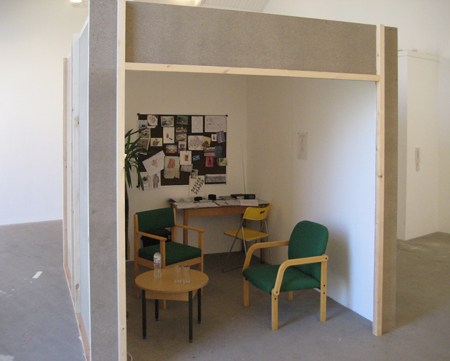- MULTIPLES and PUBLICATIONS
- GHOSTS: our ancestors
- A Glossary of Rhetoric
- Drawings Made Under Self-Hypnosis 2008-2020
- Everything. All At the Same Time 2: The Free Poster Edition
- SETTER
- NierghtravAOnWint’sIf A Teller:
- The Wild Pansy Press Book of Rainy Day Activities
- Journal of the Imagining Machine
- Fear and Loathing in Capetown
- 100 Things With Handles
- from Nowhere (free download)
- motivational poster (free download)
- portable flicker
- new symbols
- the Mutoscope
- ... talking to dead people ...
- (not) the Magic Car
- Clockwork Cinema
- EXHIBITIONS and PROJECTS
- Vexations
- Everything. All At The Same Time 1: The Film
- a ciascuno il suo
- a ciascuno il suo pictures
- Your Voice Will Follow You
- Work For Record Players: Rehearsal
- Work for Readers and Writers
- ...an angry mob broke in and destroyed the machine
- ...an angry mob... photo album
- The Reversing Machine in Leeds
- The Reversing Machine Leeds album
- The Reversing Machine In Berlin
- The Portable Reading Room
- Morphisisations
- Induction for Six Devices
- Proposal For a Public Art Work
- GIOCHI, PASSATEMPI E HARBINGERS
- HEADSTAMPMUSIC
- This is The End
- basement43
- HOTEL/MOTEL/MOTET
- The Imagining Machine
- 24SEVEN
- MILLIONS NOW LIVING WILL NEVER DIE
- L’URLO E IL FURORE
- Nowhere in Milan
- about the ArtistMachine
- ArtistMachine in Milan
- the ArtistMachine in Dublin
- bulletin board
- Tourette's Box
- irreligious broadcasting
- Koln 2004
- the Mutoscope mark 1
- Drawing Machines
- the Celebrant Suit
- DON'T WORRY
- Grizedale Residency
- the ReBabeliser
Copyright 2009


